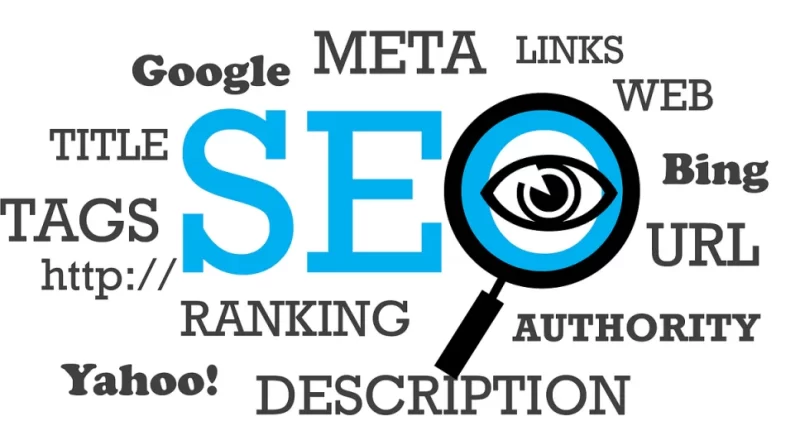The Hidden Impact of Unoptimized Meta Descriptions and Title Tags
In the world of search engine optimization (SEO), countless factors can influence a website’s visibility and ranking on search engine results pages (SERPs). While many SEO professionals focus on optimizing content and building high-quality backlinks, one crucial aspect often goes overlooked: meta descriptions and title tags.
Meta descriptions and title tags play a vital role in conveying the relevance and value of a webpage to both search engines and users. When properly optimized, these elements can significantly impact a website’s click-through rate (CTR) and ultimately its organic traffic. Let’s dive deeper into the hidden impact of unoptimized meta descriptions and title tags.
What are Meta Descriptions and Title Tags?
Before we explore their impact, let’s clarify what meta descriptions and title tags are. Meta descriptions are summaries that appear below the clickable link on SERPs. Their primary purpose is to provide a concise preview of the page’s content and entice users to click through to the website.
On the other hand, title tags are HTML elements that define the title of a webpage. They appear as the clickable blue headline on SERPs and are crucial for both search engines and users to understand the page’s topic and relevance.
The Role of Meta Descriptions and Title Tags in SEO
Meta descriptions and title tags have a direct impact on a website’s SEO performance like in Washington, DC. Here’s why they matter:
1. Improved Click-Through Rates (CTR)
A well-crafted meta description that accurately reflects the page’s content and includes relevant keywords can significantly increase the likelihood of users clicking through to the website. A compelling meta description can differentiate a webpage from its competitors on SERPs and entice users to learn more by visiting the site.
Similarly, an enticing and descriptive title tag can catch users’ attention and motivate them to click on the page. By optimizing both meta descriptions and title tags, website owners can improve their CTR, leading to higher organic traffic.
2. Increased Search Engine Visibility
Search engines rely heavily on meta descriptions and title tags to understand the content and relevance of a webpage. When these elements are optimized with relevant keywords, search engines can better index and rank the page for relevant queries.
By neglecting to optimize meta descriptions and title tags, website owners limit their chances of appearing in search results for relevant keyword searches. This can significantly hinder their visibility and organic traffic potential.
3. Enhanced User Experience
Meta descriptions and title tags also contribute to a positive user experience. When users see a clear and concise meta description that aligns with their search intent, they are more likely to trust the website and click through to it.
Additionally, well-crafted title tags provide users with a clear understanding of what to expect when they land on a webpage. This helps users make informed decisions about which search result to click on, improving their overall browsing experience.
The Hidden Impact of Unoptimized Meta Descriptions and Title Tags
While the importance of optimizing meta descriptions and title tags is evident, the hidden impact of neglecting them is often underestimated. Here are some consequences of unoptimized meta descriptions and title tags:
1. Missed Click-Through Opportunities
When meta descriptions and title tags are poorly written or lack relevant keywords, users may skip over the website’s search results in favor of more enticing options. This leads to missed click-through opportunities and a lower CTR.
2. Decreased Search Engine Visibility
Unoptimized meta descriptions and title tags can result in poor search engine visibility. If search engines struggle to understand the relevance and value of a webpage based on its metainformation, it may not appear in search results for relevant queries, reducing organic traffic potential.
3. Confusion and Misalignment
When meta descriptions and title tags fail to accurately reflect the page’s content, users may feel deceived or confused when they visit the website. This can result in high bounce rates and a negative user experience, hurting the site’s overall performance.
Best Practices for Optimizing Meta Descriptions and Title Tags
To harness the full potential of meta descriptions and title tags, follow these best practices:
- Relevance: Ensure that your meta descriptions and title tags align with the content of the webpage.
- Keywords: Incorporate relevant keywords into your meta descriptions and title tags to improve search engine visibility.
- Length: Keep your meta descriptions between 150-160 characters and title tags under 60 characters to avoid truncation on SERPs.
- Unique and Compelling: Make each meta description and title tag unique and compelling to attract users’ attention.
- Testing and Optimization: Regularly test and optimize your meta descriptions and title tags based on user engagement and click-through rates.
In conclusion, the impact of unoptimized meta descriptions and title tags should not be underestimated. By neglecting these crucial elements, website owners miss out on click-through opportunities, decrease their search engine visibility, and potentially harm their user experience. By following best practices for optimizing meta descriptions and title tags, website owners can improve their SEO performance and drive higher organic traffic to their sites.




